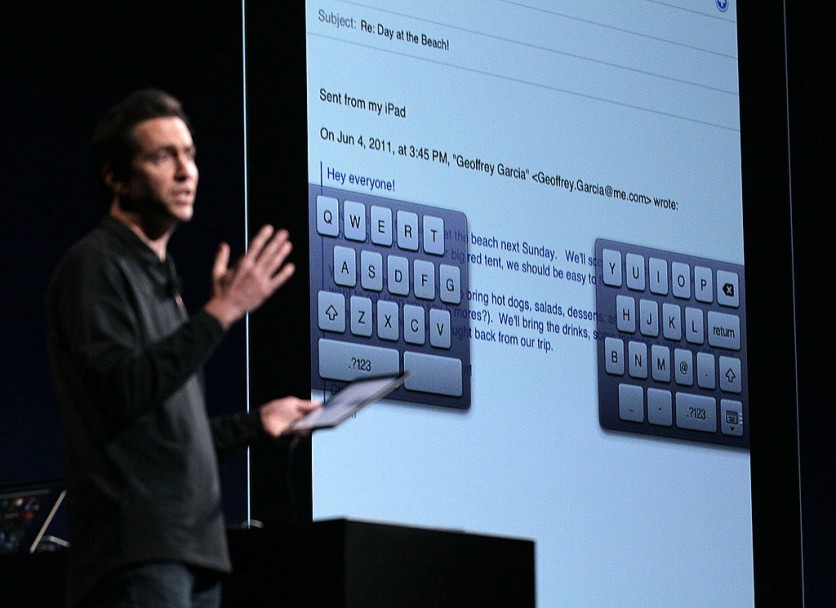We all do phone typing every day, but making the keyboard predict what we want to say isn't easy. Now, researchers at Aalto University have devised a new way to do it, which is more like how humans type, as reported in TechXplore.

Virtual "Eyes and Fingers"
A new predictive typing model has emerged from Aalto University, offering a fresh approach to smartphone typing that closely mimics human behavior.
Led by Professor Antti Oulasvirta, the research team at Aalto University has developed a system capable of simulating various user behaviors, such as typing with one or two hands, and differences between younger and older users.
The researchers showcased their findings at the CHI Conference in May, presenting the model's potential to revolutionize typing on mobile devices.
Developed in collaboration with Google, this system incorporates virtual "eyes and fingers" and working memory, allowing it to type sentences like humans, complete with errors and corrections.
"We created a simulated user with a human-like visual and motor system. Then we trained it millions of times in a keyboard simulator. Eventually, it learned typing skills that can also be used to type in various situations outside the simulator," said Oulasvirta.
The researchers note that evaluating new keyboard layouts traditionally requires extensive testing with real users, which is time-consuming and costly. However, this new model promises a more efficient alternative, enabling rapid evaluation and optimization of keyboard designs.
Read Also : iPhone of AI: Jony Ive, Sam Altman Pursue $1 Billion Investment for Revolutionary AI Device
Introducing the CRTypist
CRTypist generates human-like typing behavior, accounting for factors such as finger coordination, visual attention, and error correction. Unlike previous models, It does not rely on hand-crafted features but instead works directly from pixel data, making it more adaptable to diverse keyboard designs and user behaviors.
"We can train computer models so that we don't need observation of lots of people to make predictions. User interfaces are everywhere today-fundamentally, this work aims to create a more functional society and smoother everyday life," Oulasvirta said in a statement.
"This flexible model works directly from pixels, without requiring hand-crafted feature engineering for keyboards. It aligns with human data in terms of movements and performance, covers individual differences, and can generalize to diverse keyboard designs. Though limited to skilled typists, the model generates useful estimates of the typing performance achievable under various conditions," the study's abstract reads.

ⓒ 2025 TECHTIMES.com All rights reserved. Do not reproduce without permission.




